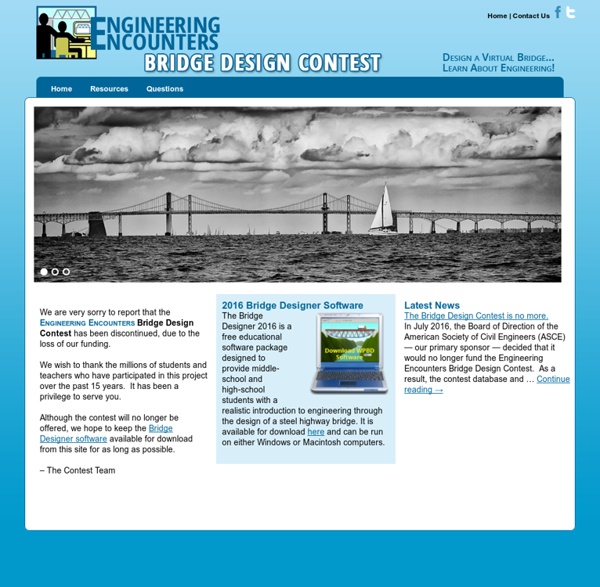



Reeko's Mad Scientist Lab Making borax crystals | the tesserae Science is my son’s favorite subject; math is his second. He wants to be an engineer (preferably robotics) when he “grows up.” People have told me that he is on the right track with liking and doing well in both of those subjects. He loves science and doing science experiments is his favorite part of homeschooling. Over the past weeks, we have been studying chemistry. The experiment is from 501 Science Experiments. It is a very simple and easy experiment. borax powder laundry booster (3 tbsp.)hot water (1 cup)glass jar1 popsicle stickcotton string (I used floral wire)pipe cleaner/chenille stick (I used ‘eyelash’ yarn)food coloring (optional)scissors Steps: 1.Dissolve 3 tablespoons of borax powder in 1 cup of boiling water. 2.Tie the string or wire around the center of a popsicle stick. 3. Doing crystal experiments is very common, and everyone can get different results based on what kind of material they use. Like this: Like Loading...
Tools for Differentiation / Layered Curriculum The Layered-Curriculum approach features a 3-layer model that requires students to use higher level thinking skills as they work through the layers. The layers are often connected to grades: The C Layer is the basic layer of competency and reflects what all students must do. If students successfully complete the tasks required in the C Layer, they earn a C grade. These activities typically ask students to collect factual information.The B Layer provides students with the opportunity to apply, manipulate, and play with the information they gathered while completing the C Layer activities. From Differentiating the High School Classroom: Solution Strategies for 18 Common Obstacles by Kathy Nunley Additional Resources Kathy Nunley's Layered Curriculum site
QR Code Generator: QR Stuff Free Online QR Code Creator And Encoder For T-Shirts, Business Cards & Stickers Einstein’s Secret to Amazing Problem Solving (and 10 Specific Ways You Can Use It) Einstein is quoted as having said that if he had one hour to save the world he would spend fifty-five minutes defining the problem and only five minutes finding the solution. This quote does illustrate an important point: before jumping right into solving a problem, we should step back and invest time and effort to improve our understanding of it. Here are 10 strategies you can use to see problems from many different perspectives and master what is the most important step in problem solving: clearly defining the problem in the first place! The Problem Is To Know What the Problem Is The definition of the problem will be the focal point of all your problem-solving efforts. What most of us don’t realize — and what supposedly Einstein might have been alluding to — is that the quality of the solutions we come up with will be in direct proportion to the quality of the description of the problem we’re trying to solve. Problem Definition Tools and Strategies 1. 2. 3. 4. 5. 6. 7. 8. 9. 10.
Learning Simple Machines: 4 Tricks to Help Your Children | Homeschool-Articles.com: Articles by Homeschoolers for Homeschoolers What exactly are simple machines? How do they work? And how do you make learning simple machines easy for your children? Learning simple machines can be accomplished by using common examples to help your child comprehend these basic scientific concepts. Any physical machine makes work easier to accomplish. Simple, physical machines make work easier by multiplying either the force on the object or the distance involved. Depending upon your reference, simple machines can be classified into many categories, but the two basic groupings are levers and inclined planes. Most ordinary hand tools are composed of simple, physical machines. You can use every day examples to aid your children in learning simple machines. Lorie Moffat has 20 years of teaching experience in both public school classroom and science museum settings. Lorie Moffat (8 Posts) Lorie Moffat has 20 years of teaching experience in both public school classroom and science museum settings.
Pedestal Throne Introduction I believe in using all recycled materials during the creation of my pieces, so you will find that I only ever use cardboard for the armature. It is an extremely strong material if manipulated properly. Generally, you can use any cardboard boxes from around the home to cut up and use but, for larger pieces of furniture, I mostly go to retail outlets and ask for the larger cardboard sheets they usually just throw away. Once they get to know you, they are usually helpful and will keep them for you on a regular basis. As for the paste, paper strips and pulp recipes, you will find those here on this site. You will need - Large cardboard sheets- Sharp craft knife- Strong adhesive tape- Newspaper- Strong adhesive- Staple gun- Pencil- Clear waterproof exterior varnish Let's begin Cut out 12 circles from cardboard all exactly the same size (choose to use a different shape if you wish - these are for the base and seat). Combined circles Cut out a long piece of cardboard. Roll tightly
PowToon : Bringing Awesomeness to your Presentations